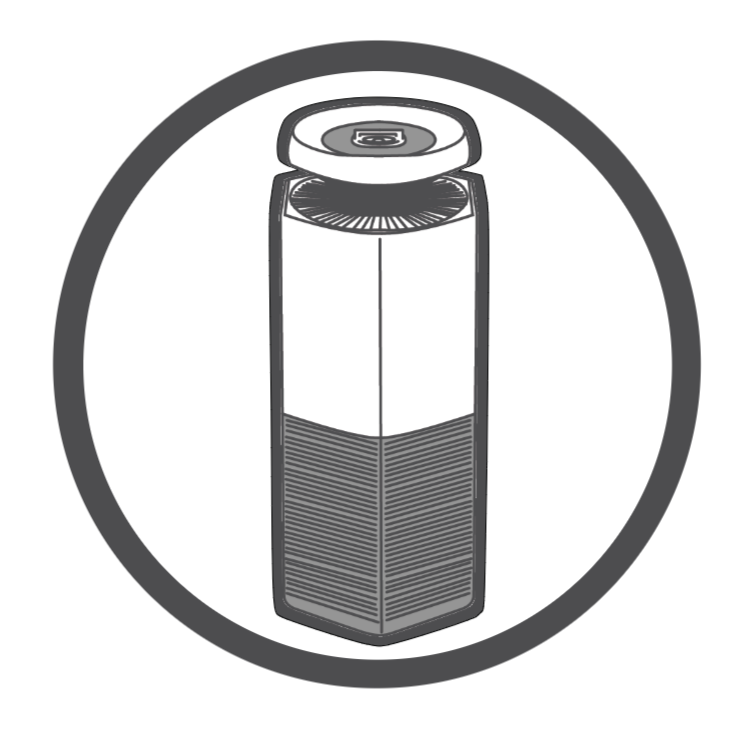
Core™ Purifiers
Learn about the purifier’s technology, safety certification, user guide manual, and more.
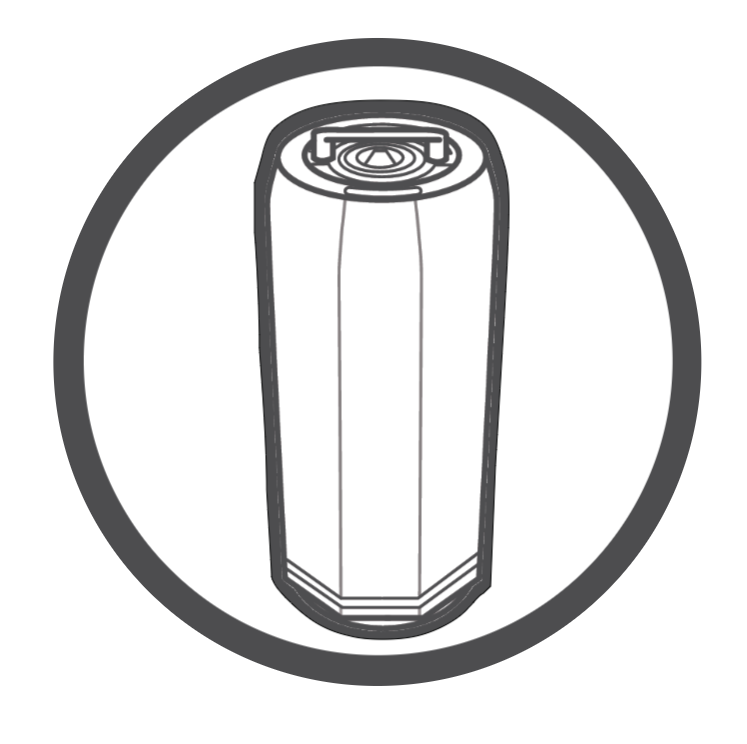
Photon™ Purifiers
Learn about the purifier’s technology, difference between the models, safety certification, and more.
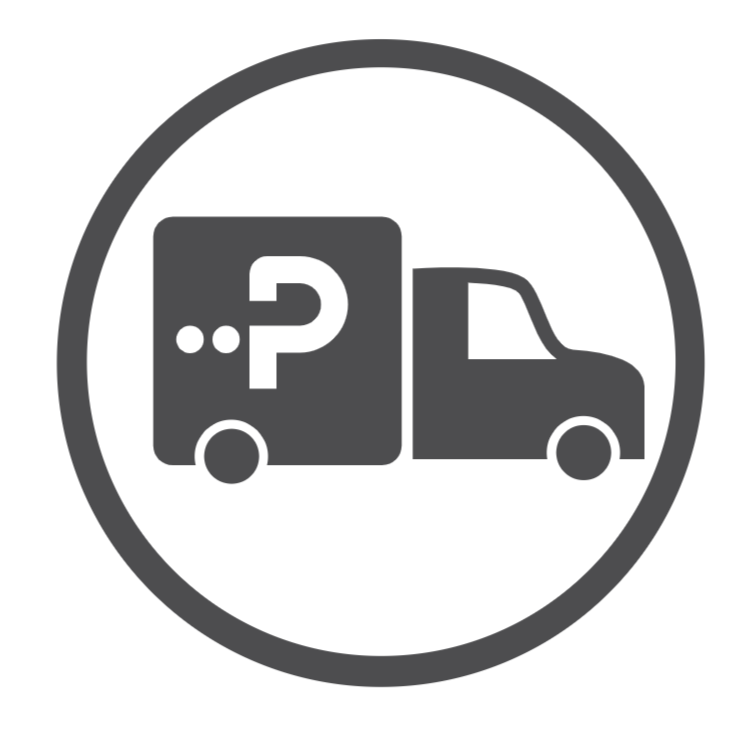
Orders & Fulfillment
Find information on orders shipping, returns, exchanges, warranty, and FAQs.
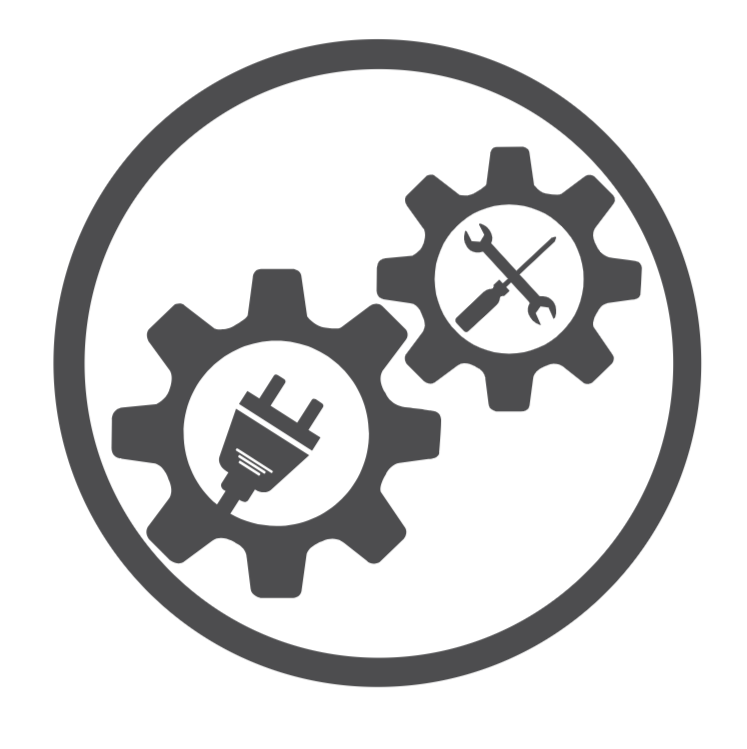
Installation & Troubleshooting FAQs
Find information on operational questions, FAQs, and issues can be resolved with this information.
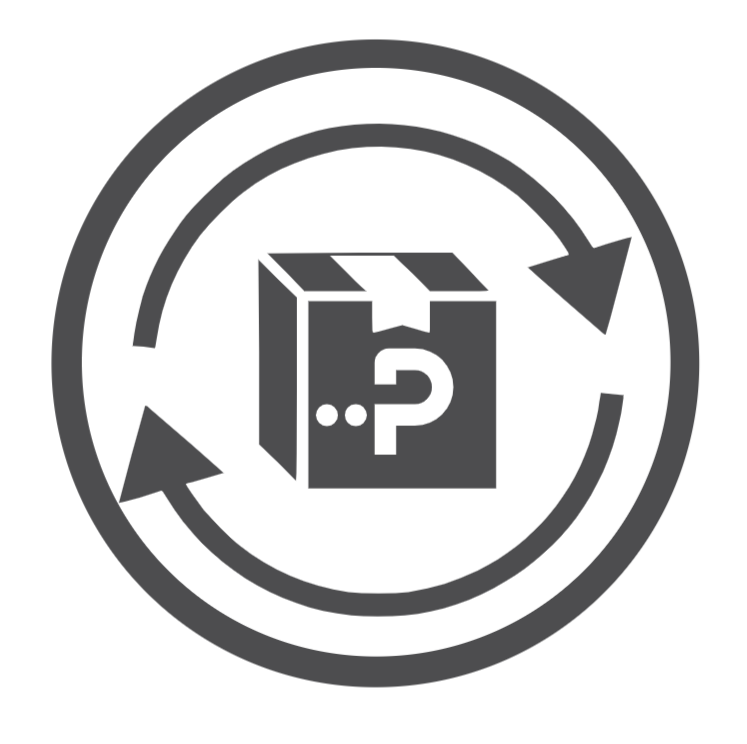
Account & Subscriptions FAQs
Find information on how to access your Puraclenz account, manage replacement parts subscriptions, manage newsletters subscription, and FAQs.

-1.png?height=120&name=Puraclenz%20Logo%20Color%20(dark%20gray)-1.png)